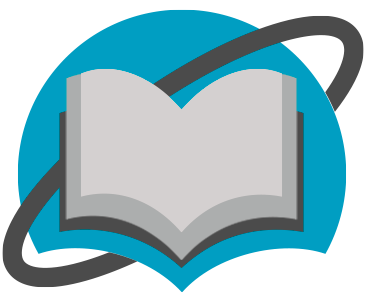
English for Business Information Systems Students
Здесь можно купить книгу "English for Business Information Systems Students" в печатном или электронном виде. Также, Вы можете прочесть аннотацию, цитаты и содержание, ознакомиться и оставить отзывы (комментарии) об этой книге.
часть 1
Место издания: Москва
ISBN: 978-5-4499-2975-4
Страниц: 60
Артикул: 93627
Возрастная маркировка: 16+
Краткая аннотация книги "English for Business Information Systems Students"
Учебное пособие предназначено для обучающихся по программам бакалавриата и магистратуры направления подготовки Бизнес-информатика. Пособие ориентировано как на занятия в аудитории, так и на самостоятельную работу. Также оно может быть использовано при проведении дистанционных занятий.
Содержание книги "English for Business Information Systems Students "
Unit 1. Business Information Systems Introduction Part 1
Part 1 Basic Concepts of Business Information
Part 2 Value of Information
Part 3 Quality of Information
Part 4 Decision Making
Unit 2. Business Information Systems Part 2
Part 1 Software
Part 2 MANAGEMENT APPLICATIONS OF PRODUCTIVITY SOFTWARE
Part 3 DATABASES
Part 4 DATABASES
Все отзывы о книге English for Business Information Systems Students
Отрывок из книги English for Business Information Systems Students
33 The operating system (OS) interacts with the hardware of the computer by monitoring and sending instructions to manage and direct the computer’s resources. The components can be considered as different layers, with information being passed between the lay-ers as the user interacts with the application. The operating system functions as an intermediary between the functions the user needs to perform, for example a spreadsheet calculation, and how these translate to and from the hardware in the form of responding to mouse clicks and displaying information on the screen. Older oper-ating systems, such as Microsoft DOS, can be described as being text based, whilst more modern operating systems, such as Windows 8, use a GUI (graphical user interface) operating environment. When a PC first starts, the BIOS stored in ROM is used to start the operating system loading. Utility programs provide a range of tools that support the op-eration and management of a computer system. Programs that monitor system performance or provide security controls are ex-amples of utility programs. Development programs allow users to develop their own software in order to carry out processing tasks using programming languages. Programming languages can be described in terms of their historical position in the development of computer program-ming systems. Applications software can be defined as a set of programs that enable users to perform specific information-processing activities. Applications software can be divided into two broad categories: general-purpose and application-specific. General-purpose applications are programs that can be used to carry out a wide range of common tasks. A word processor, for example, is capable of producing a variety of documents that are suitable for many different purposes. This type of application is of-ten referred to as productivity software since it helps improve the efficiency of an individual. Application-specific software comprises progra...
С книгой "English for Business Information Systems Students" читают
Внимание!
При обнаружении неточностей или ошибок в описании книги "English for Business Information Systems Students (автор Андрей Атрохин, Татьяна Уражок)", просим Вас отправить сообщение на почту help@directmedia.ru. Благодарим!
и мы свяжемся с вами в течение 15 минут
за оставленную заявку



































